
Most Russians in the 1920s-1930s would dress plainly and even roughly - thin overcoats, valenki, felt coats, etc. Soon, however, the ‘vatnik’ became the main choice for staying warm during the winter: it was essentially a button jacket, easy to manufacture and cheap, making it a popular choice for dressing an entire nation.
World War II turned the ‘vatnik’ into the ideal winter item of clothing for the masses. It turned out the jacket wasn’t only suited for the front line, but also in winter expeditions, factories, fields and all manner of locations. The entire country had one: the army, students, workers, prisoners - members of every social stratum and profession. To protect against chilly winds, people would further fasten the outside with belts or ordinary rope.
After the war, things began looking up for Russians and they switched to heavier overcoats.
The more well-off urban citizens would order tailor-made coats, adding fur collars to spruce them up, as well as warm fur hats. Simple folk would buy whatever was at the stores - standardized coats with fake fur collars.
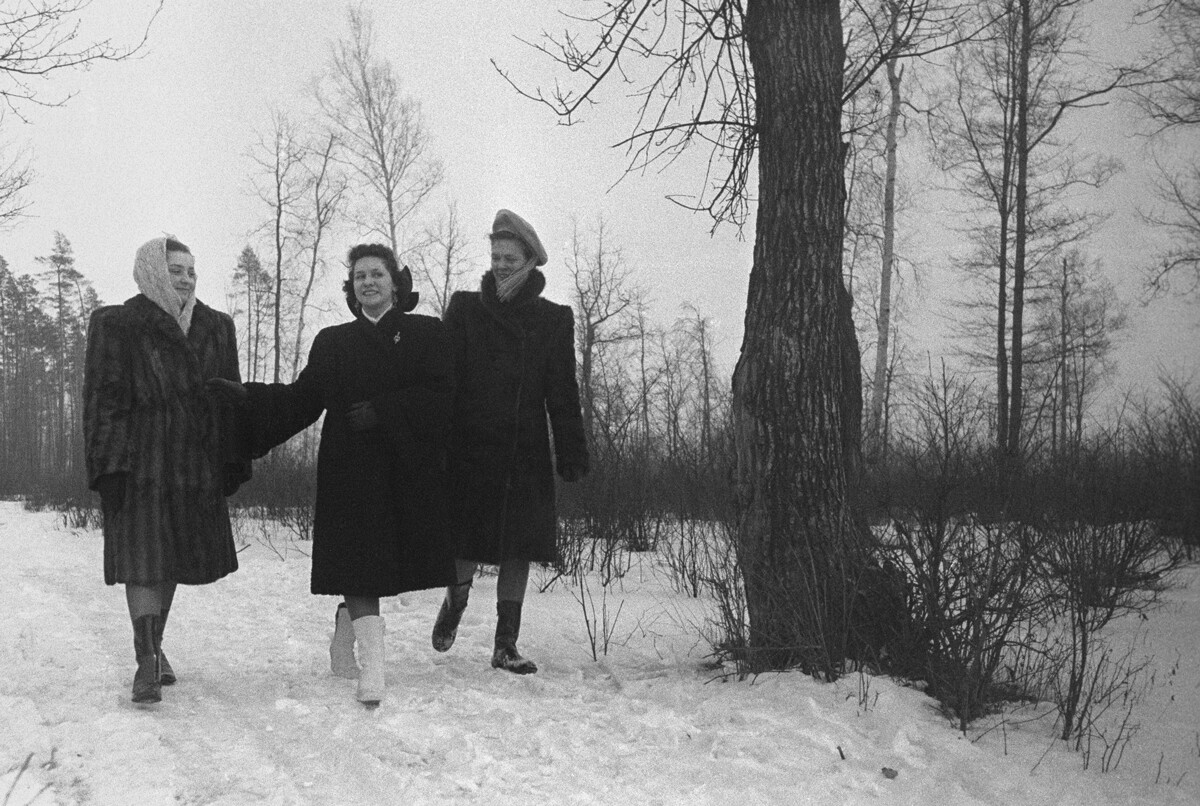
The fashion for 100 percent fur coats began in the 1950s. However, an incredible few could afford genuine fur, with the exception of Astrakhan (lamb), which was more affordable at its peak in the 1950s.
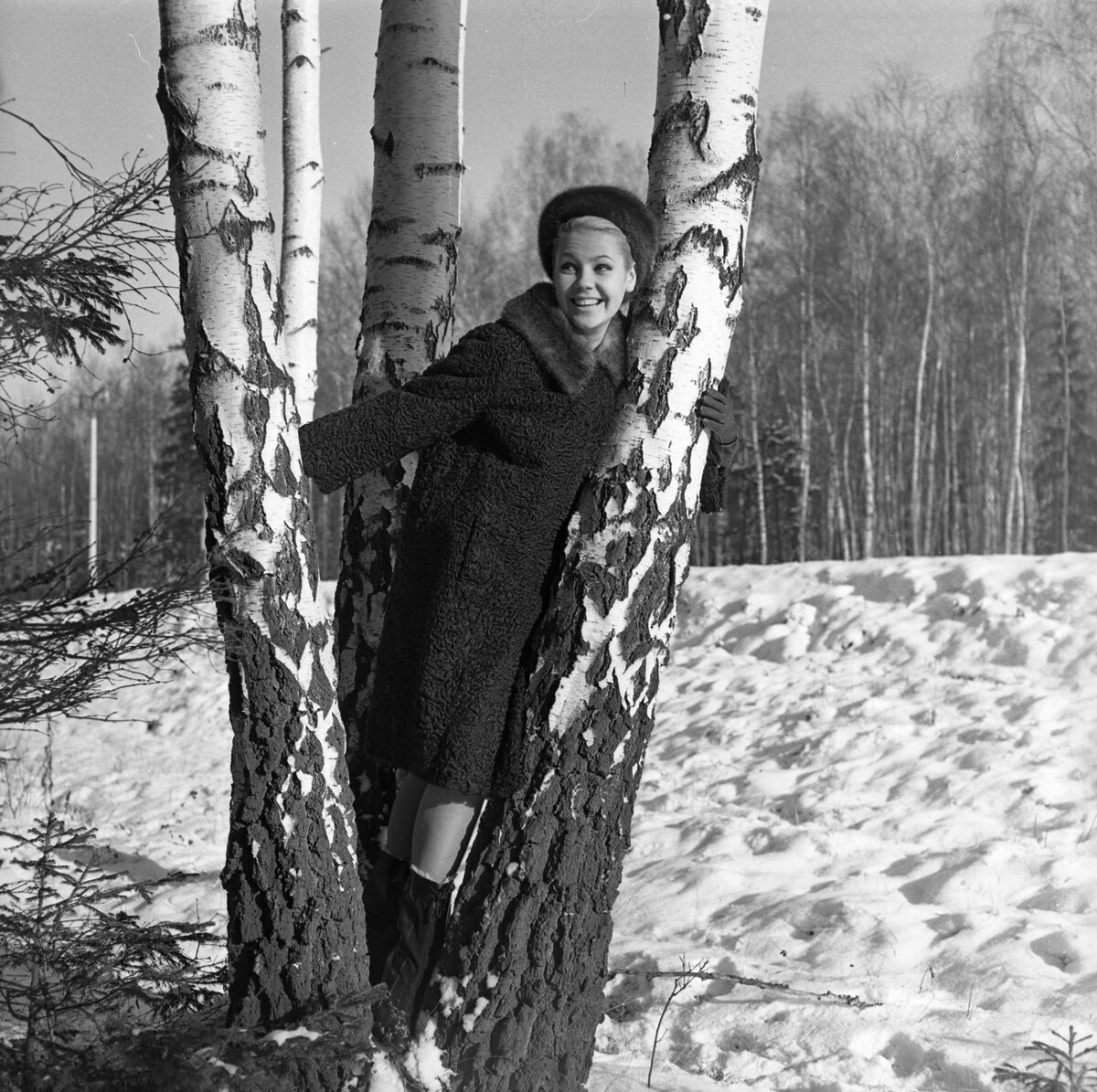
At times, fashion was victorious over common sense. Even in winter, in addition to the lamb fur or overcoat, trendy 1950s women would wear elegant summer hats that barely covered the head. Moscow society nicknamed them “meningitis hats” - as they didn’t even cover the back of the head, making it really easy to contract pneumonia.
As for the rest, they found the best winter accessory to be warm woolen scarves. They were incredibly prickly, but they literally saved lives in many situations: women would tie them around their heads instead of hats or around their waist, if they had to stand in line for long periods of time. Whenever they caught a cold, such a scarf was very useful when tied around the neck or chest (after applying some form of cold-fighting ointment).
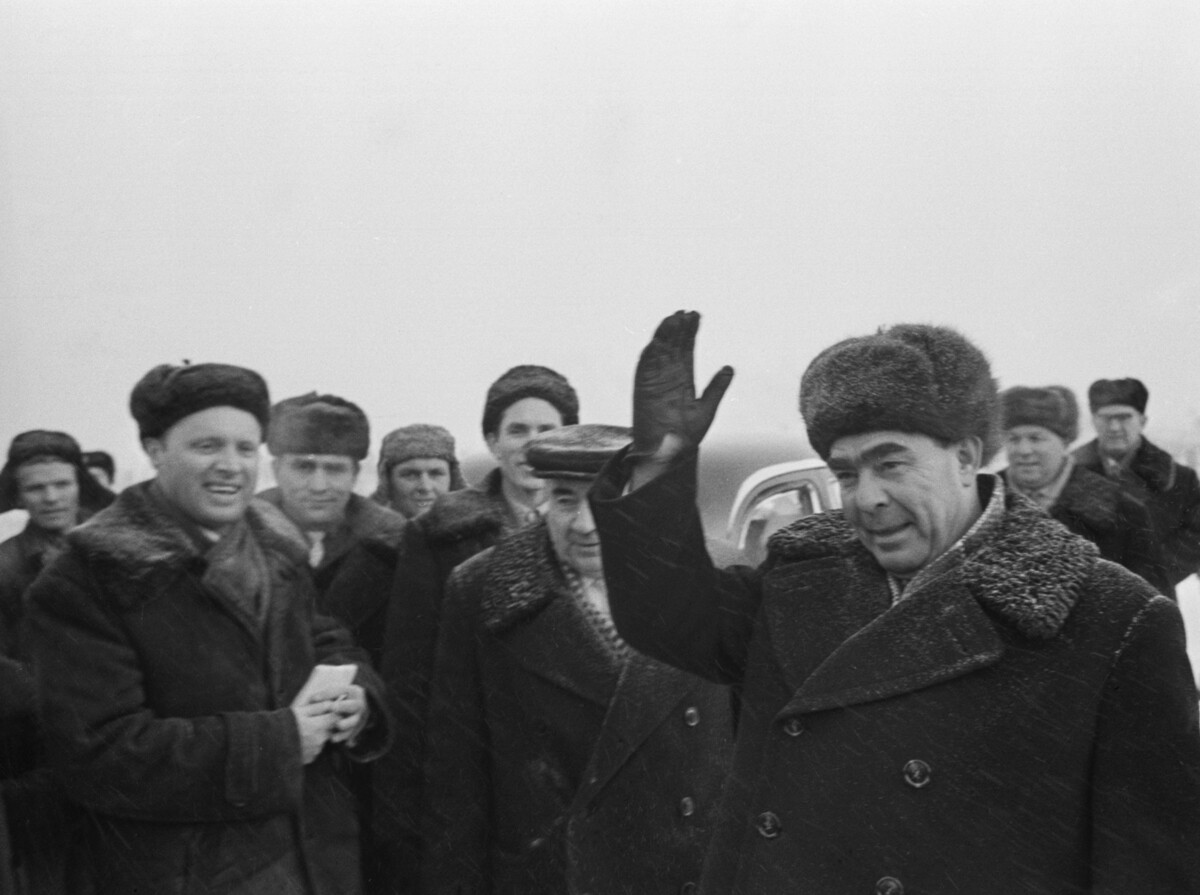
The ‘ushanka’ hat is undoubtedly the most iconic item of Russian headwear and it’s managed to go through a few permutations over the centuries. Its prototype - the peasant treukh (“three-eared hat”) served the citizens of Rus’ well in fierce blizzards, protecting the neck, as well as the head. Then, in the Soviet era, the ushanka was standard issue in the Russian Army. Finally, in the 1960s, the head of the Soviet state, Leonid Brezhnev, took a liking to it. From then on, deer and lamb fur ushankas were the trend among the entire Party elite.
Ordinary folks, on the other hand, had to go for a more modest variant - rabbit fur.
Meanwhile, men’s choice of top layer was an overcoat or half coat with a fur collar. Lamb, beaver or muskrat fur collars were particularly trendy.
Women opted for multiple layers. Pants became a thing only in the 1970s: they used to be considered an item best suited for hard manual labor before then.
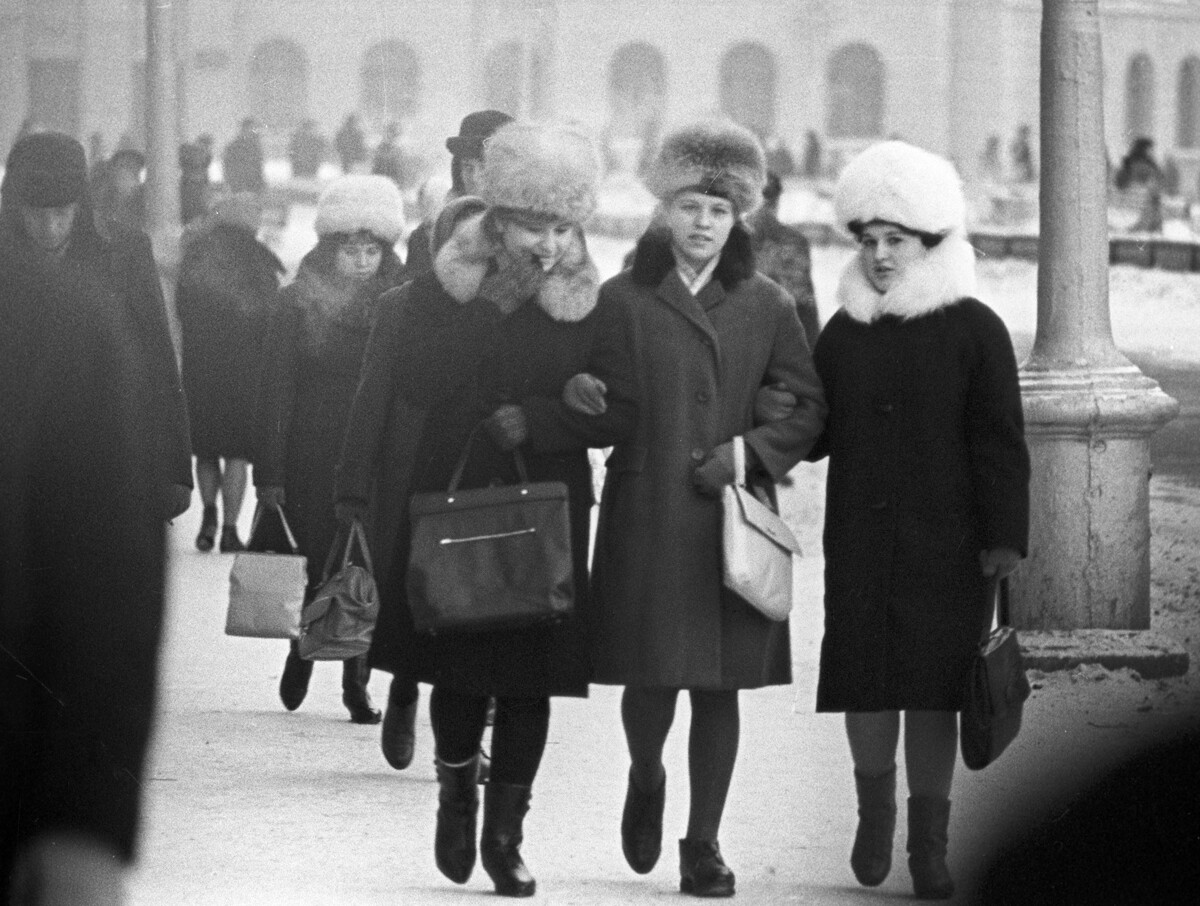
Cotton or wool trousers, therefore, functioned as a bottom layer underneath skirts and dresses - sometimes two or three pairs at once.
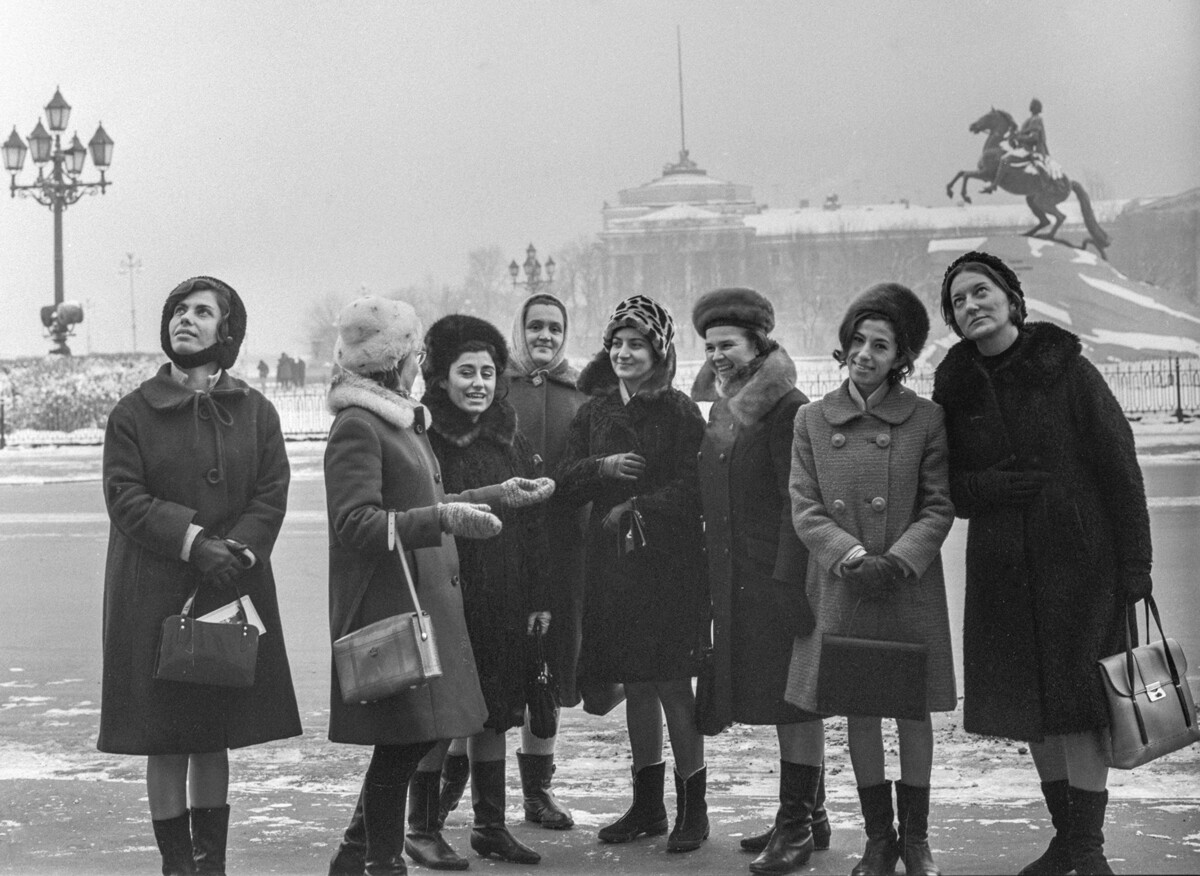
Shoes were a different matter. Classic valenki weren’t suitable for workdays in the city, while good boots were expensive and considered a status item. People stood in long lines to get their hands on a pair on the black market . Yugoslavian, Romanian and Hungarian-manufactured ones were in particular demand. They weren’t meant to be worn in a snowstorm, but Soviet women would go to considerable lengths to look pretty.
Soviet children, on the other hand, were kitted out for a snowpocalypse. Light underwear, light sweatshirt, a warm sweater over that, a base layer of pants, with another wool layer on top of that, as well as knitted socks. An overcoat or fur coat, fastened with a belt, were worn over all that. Headwear consisted of a light hat or scarf, then another hat, made of genuine or artificial fur. Valenki, sometimes, or boots completed the image.
Sometimes, there was that universal wool scarf we mentioned earlier, tied around the child’s neck.
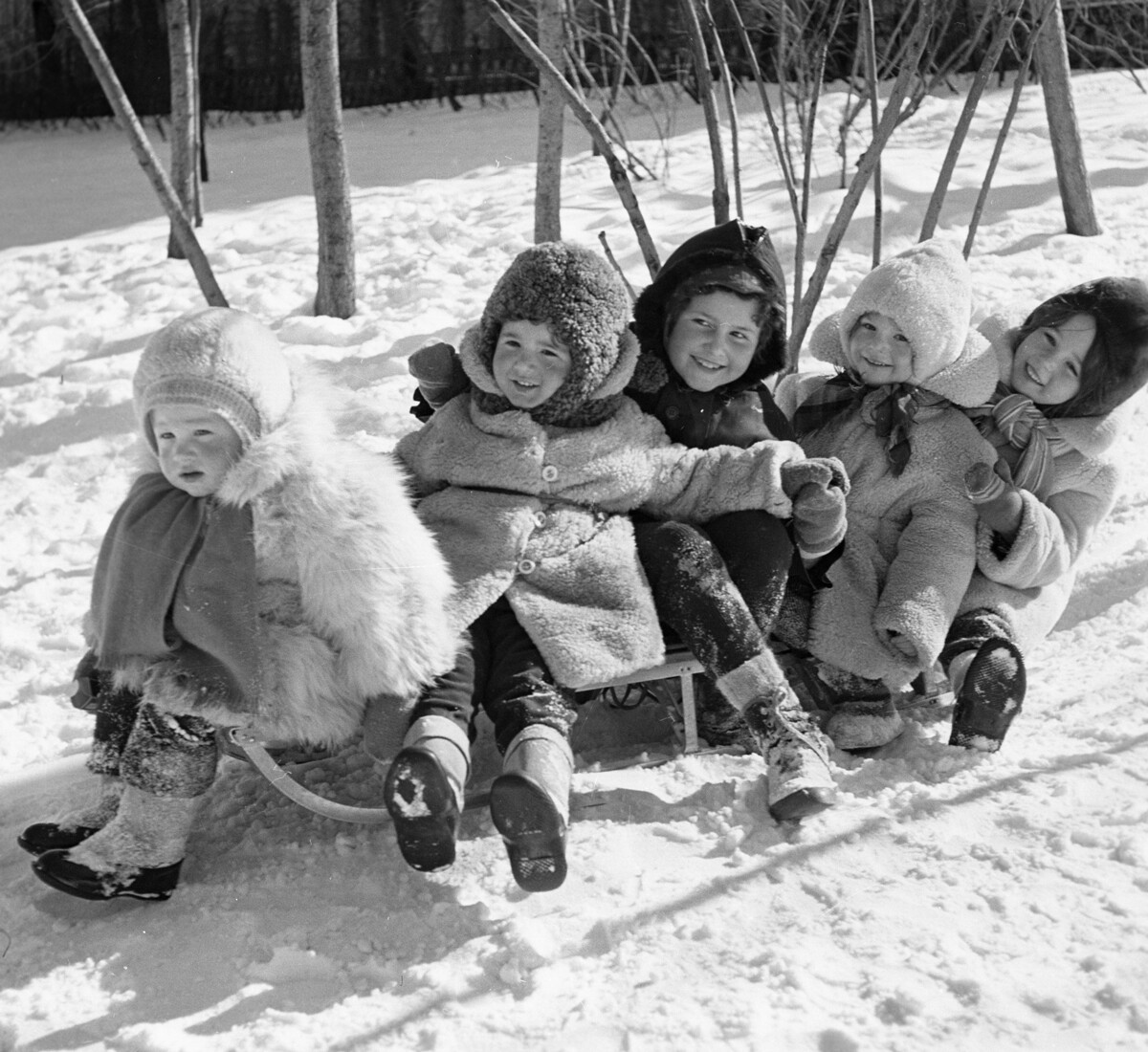
It was often difficult for children to waddle around in all that, but for long walks and sledding outings, this was a perfect kit.
And who could forget the mitts. They were sewn together with a rubber band, which was then pulled through the sleeves of the fur coat. Losing these mitts was practically impossible, although some children did manage to, against all odds.
If using any of Russia Beyond's content, partly or in full, always provide an active hyperlink to the original material.
Subscribe
to our newsletter!
Get the week's best stories straight to your inbox